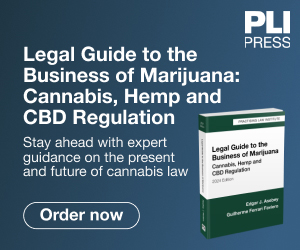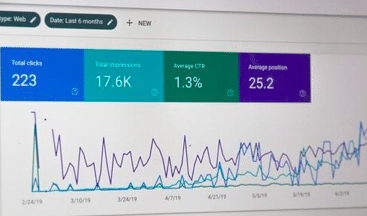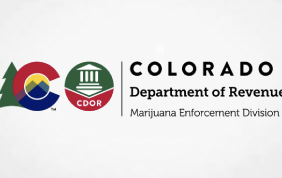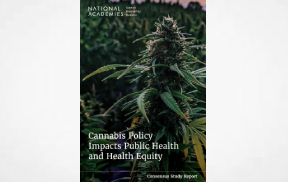It is a good idea and an effective approach to follow Brian Dean’s content strategy. He assures that it is thanks to these key points that the MAU of the Backlinko blog reaches 304,265 users. Let’s have a look at each of them.
1. Versus Posting
Users love to compare products, services, and offers — it is useful, visual, and better reveals the topic. Post more X vs Y content:
- One product or another;
- Indica-Dominant vs. Sativa-Dominant;
- Creams and lotions.
As a rule, such queries are less competitive in SEO, and the CPC, on the contrary, is quite high — users are already aware of the services and are ready to choose. If you want to get help with creating high-quality content, address an MJSEO Agency that can help your cannabis business develop and increase its visibility beacuse it has used a cannabis seo expert .
2. Links to Profiles on Social Networks
If you practice outreach and crowd marketing, always use links to social media profiles in your email signatures. According to the analysis of 10 million emails, the number of feedback to email with the indication of social networks is 9% more.
3. Content Recreation
Instead of creating new landing pages, sometimes it’s better to improve existing ones. First of all, find pages that worked well, but over time began to lose traffic (use Google Analytics or a special tool for finding pages that are losing search traffic), check the relevance of the content, and then add or rewrite it, and you can get a profit of up to 260%.
4. PBC Formula
Longreads work, but it’s not about the amount of text. Long introductions are boring and the value of the post is in the disclosure of the topic and the correct structure of the material. Use a PBC formula (preview, benefits, call-to-action) with a short preview, description of benefits, and call-to-action in the end.
5. Power Posting
There is no clear formula for creating viral content (but there are good tips and infographics). But users appreciate the full disclosure of the topic and are ready to share detailed articles, even if they have not read them.
For example, Brian Dean spends 50 hours on some of his posts:
- 20 to write text.
- 15 for illustration and visual design.
- 10 for screenshots and demonstration of the tools/sites/issue.
- 5 hours for editing, coding, and layout.
As a reward, up to 10,555 views arrive in the first week of publication:
6. Write about Trends
Most of the queries that we want to get traffic for are used by big competitors, but we have long-tail phrases and trends that we can track to outrun even larger companies.
Instead of trying to optimize the page for difficult requests, try analyzing trends in the topic (Google Trends, explodingtopics.com) and create content for fresh queries, even less popular ones, or try to outstrip the demand.
7. Native Content in Social Networks
Social networks (especially Facebook) do not like links to third-party resources. Simply placing a link to the site does not work and is quickly lost in the feed. Try to create unique and native posts when sharing on each of the networks — this increases user engagement, and algorithms love this.
8. Exclusive Content under Lock and Key
Some articles on the site can be made available only to users who have subscribed to the newsletter but displayed as inactive for all visitors with a CTA button like “Open Access” or “Unblock” in exchange
9. Keyword in URL
Using a query in the page URL is not only good for SEO (there is some correlation with rankings) but also for users. Based on the analysis of 874,929 pages, the CTR of URLs using the main request can be 45% higher.
10. Dynamic Video Content
If you are using video, cut mercilessly, getting rid of pauses and any speech defects. A long video is tiring, and users quickly lose concentration. Pay attention to the top video bloggers — within the framework of even one sentence, there can be up to several cuts, changing plans, and angles — they help keep the viewer alert and alive.
11. Long Headlines
The length of the headlines correlates with the number of shares on social networks. 14-17 words (about 80 characters) in H1? It’s OK! Suddenly, long headlines generate 76% more shares on average.
12. Expand Semantics
Search queries are our main material at work and should be used to the maximum. It is essential to use various instruments to search for new phrases. For Google, you can also use the Keyword Planner and search for queries that competitors might rank for. It also makes sense to test a group of queries for which the page is already ranking and add new phrases to the content.
13. Blogging Templates
Instead of reinventing the structure of your article every time, develop several templates that fit different types of content and use them in your work. For example:
- Title;
- Illustration;
- Introduction;
- Content/useful effect/benefits;
- Subtitle;
- List of required actions;
Depending on the topic, you may have 3-4 templates for different publications: product reviews/expert opinion/service comparison, and so on.
In addition to saving time, this approach increases site recognition and reinforces user loyalty — readers get used to the structure and find it easier to navigate the page.
14. Emotional Headlines
Simple headlines work worse than emotional and expressing the author’s attitude. Anyway, there is a strong CTR correlation using live phrases in headlines. At the same time, the line between a good headline and clickbait is very thin.
15. Work out the Meta Description Tag
While Google doesn’t take Description into account when ranking, the meta tag is important for users and boosting CTRs. Nice template to fill out:
[product/service/topic] + [details that are disclosed in the article] + [call to action].
Improve your content strategy, analyze the results of applying the above-mentioned tips, and get more clicks from the search!





















